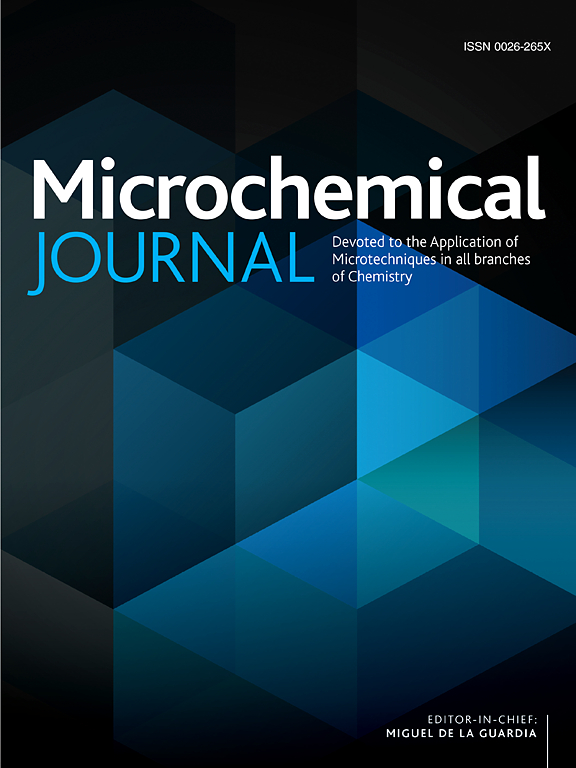Wearable glucose sensors based on substrate material: A review
IF 4.9
2区 化学
Q1 CHEMISTRY, ANALYTICAL
引用次数: 0
Abstract
Diabetes mellitus is increasingly prevalent, necessitating regular sweat glucose (SG) monitoring for effective disease management. Sweat holds significant promise in disease diagnosis and health monitoring because of its easy collection method and the abundant biochemical information it provides. Glucose is a primary energy source for cellular activity, and precise measurement of its concentration in sweat can estimate SG levels effectively. Non-invasive continuous glucose monitoring through sweat sensors makes wearable electronic devices increasingly desirable for personal health monitoring, given their non-intrusive nature.
This review starts by providing a thorough overview of sweat-based wearable sensors, focusing on their importance in glucose monitoring. The sensors are categorized according to the materials used in their substrates. Next, we summarize and discuss the challenges and opportunities facing researchers and clinicians in wearable glucose biosensors. We also envision the future of epidermal glucose monitoring, aiming to maximize its diagnostic potential in diabetes management.

求助全文
约1分钟内获得全文
求助全文
来源期刊

Microchemical Journal
化学-分析化学
CiteScore
8.70
自引率
8.30%
发文量
1131
审稿时长
1.9 months
期刊介绍:
The Microchemical Journal is a peer reviewed journal devoted to all aspects and phases of analytical chemistry and chemical analysis. The Microchemical Journal publishes articles which are at the forefront of modern analytical chemistry and cover innovations in the techniques to the finest possible limits. This includes fundamental aspects, instrumentation, new developments, innovative and novel methods and applications including environmental and clinical field.
Traditional classical analytical methods such as spectrophotometry and titrimetry as well as established instrumentation methods such as flame and graphite furnace atomic absorption spectrometry, gas chromatography, and modified glassy or carbon electrode electrochemical methods will be considered, provided they show significant improvements and novelty compared to the established methods.
 求助内容:
求助内容: 应助结果提醒方式:
应助结果提醒方式:


